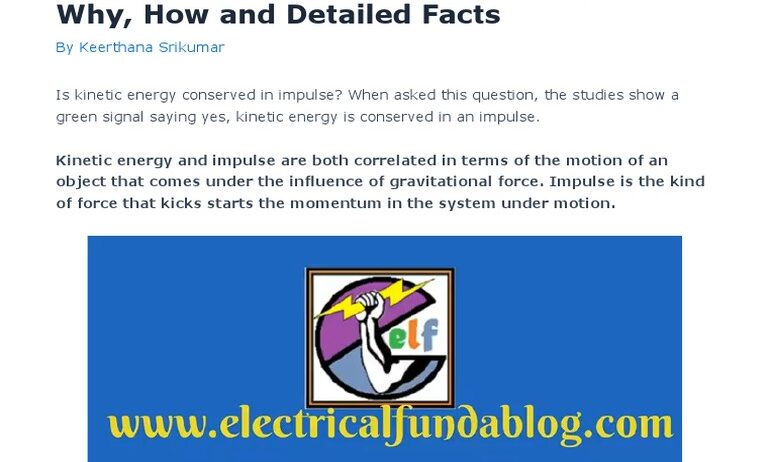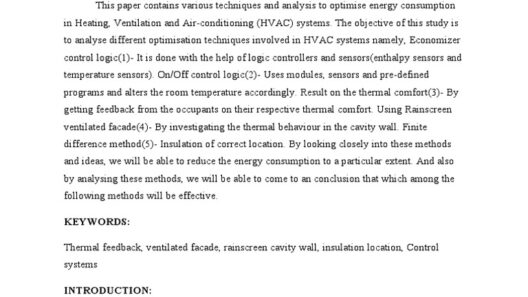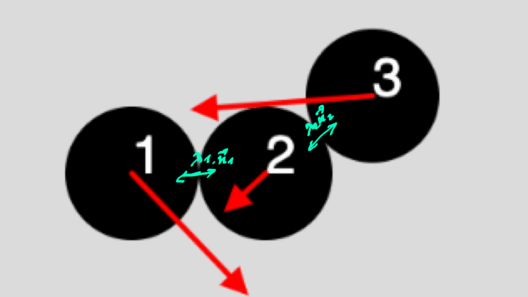Kinetic energy, often likened to a flowing river, is a dynamic force shaping the environment around us. This energy resides in the motion of objects, ready to be harnessed or transformed. However, the question at hand is not merely theoretical; it probes the very fabric of physical laws that govern our universe: Is kinetic energy always conserved? Let’s unravel this intricate tapestry.
At the heart of this discussion lies the principle of conservation of energy, a cornerstone of physics that asserts energy cannot be created or destroyed, only transformed from one form to another. It is vital to distinguish between different types of collisions and the contexts in which kinetic energy is evaluated. It is here that the distinction between elastic and inelastic collisions emerges, like two paths diverging in a wood.
In an elastic collision, both momentum and kinetic energy are conserved. Picture two billiard balls striking each other; they bounce off with no loss of energy. The total kinetic energy before the collision is equal to the total after. This whimsical dance of energy preservation paints a picture of harmonious interactions. However, achieving such perfect elasticity in real-world scenarios is an elusive ideal.
Conversely, inelastic collisions reveal a different narrative. Imagine a car crash—metrics of force, sound, and destruction mingle, and what was once kinetic energy dissipates into heat and sound. Here, while momentum remains unwaveringly conserved, kinetic energy takes a hit. The total energy before the event seems palpable, yet afterward, it appears fragmented, transformed, almost as if it has been translated into a different dialect of energy. Such collisions are commonplace in the macrocosm, where the forces of friction and deformation come into play, rendering kinetic energy transient.
To further delve into the enigma, consider the role of friction, a ubiquitous component in our daily lives. When a car accelerates, energy pours in, fostering motion. Yet, the moment the brakes are applied, kinetic energy tangibly shifts toward heat due to friction between the tire and road surface. It’s akin to watching a magician perform a vanishing trick, where the energy seemingly disappears into thin air. The kinetic energy isn’t lost; it merely transmutes, conserved within the grand schema of energy, albeit in a less recognizable form.
Another aspect that merits attention is the relationship between kinetic energy and the system’s boundaries. In an isolated system, the conservation laws reign supreme, yet the introduction of external forces can distort the conservation narrative. Imagine a ball rolling down a hill—a beautifully orchestrated ballet of potential energy transitioning to kinetic energy. Should friction engage, it may impede the flow, altering the equilibrium. Each external interaction invites variables that can influence the kinetic performance of an object.
The fascinating interplay of energy forms reveals itself when analyzing scenarios with multiple bodies. Collisions between three or more entities introduce layers of complexity. Here, one must apply the mathematics of conservation with precision, calculating variables and expectations like a seasoned chess player contemplating multiple moves ahead. In these intricate exchanges, kinetic energy may seem to dissipate or amplify, depending largely on the nature of the interactions at play. In such circumstances, the conservation of momentum serves as a guiding beacon, ensuring the laws of dynamics are followed even when kinetic energy behaves less predictably.
Furthermore, the converse of kinetic energy—potential energy—offers a broader lens through which to view conservation. Just like a rollercoaster that ascends and descends, potential energy stores the promise of kinetic motion. When released, it transforms back, embodying the conservation law in exquisite choreography. This relationship underscores the profound interconnectedness inherent in energy forms; kinetic energy isn’t isolated but part of a communal existence with potential energy that defines physical interactions.
In light of diverse scenarios, one might ponder the implications of kinetic energy’s non-conservation in specific contexts. The application stretches beyond theoretical exercises, inviting consideration in engineering, environmental science, and even athletic performance. Knowing when and how energy transforms can lead to advancements in technology and sustainability. Engineering designs that account for energy losses can yield more efficient machines—in cars, for example, utilizing regenerative braking systems to recapture kinetic energy for reuse. Such adaptations reinforce a commitment to energy stewardship.
When we strip down the complexities of kinetic energy and conservation, we find a recurring theme: the perpetual cycle of transformation. Like the seasons that turn without fail, energy continuously shifts through states, evolving from one form into another. It encourages the pursuit of innovation and highlights our responsibility in managing these transitions effectively.
In conclusion, kinetic energy is not always conserved in its original form, especially during inelastic collisions where energy dissipates into other forms, often rendering it unrecognizable. Awareness of how this energy behaves under various conditions provides invaluable insights into broader applications, showcasing the intrinsic beauty and complexity of the physical world. By grasping these principles, individuals and societies can better appreciate the essence of energy, inspiring actions that reflect a commitment to conservation and responsible stewardship for future generations.








